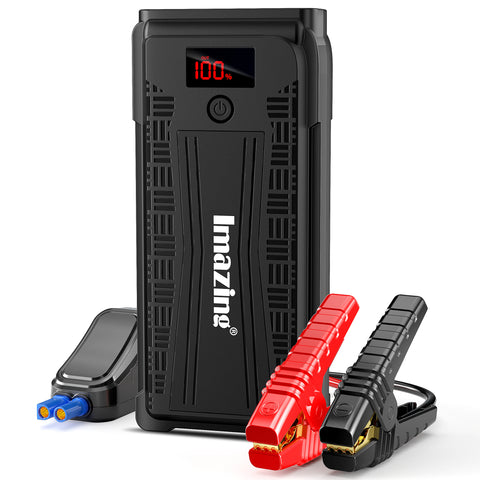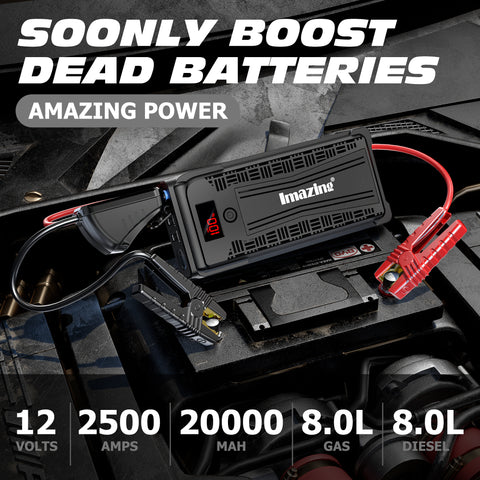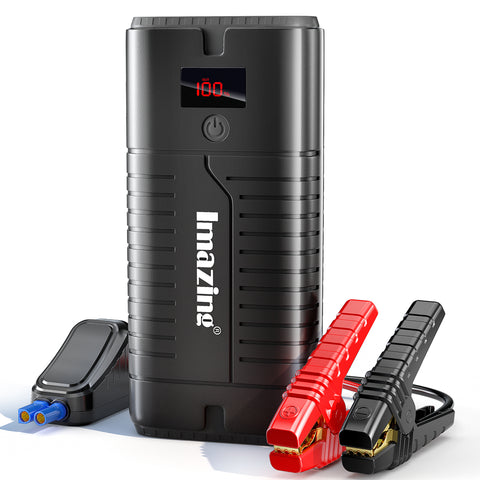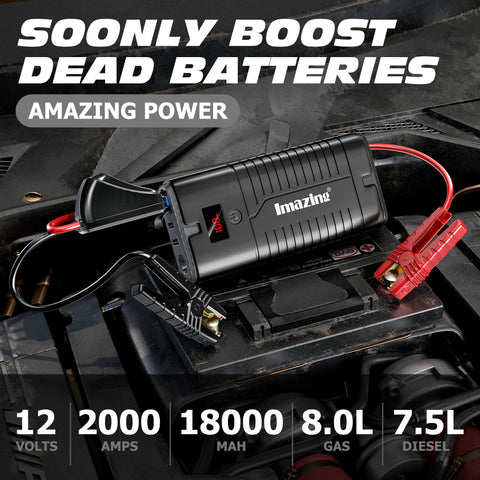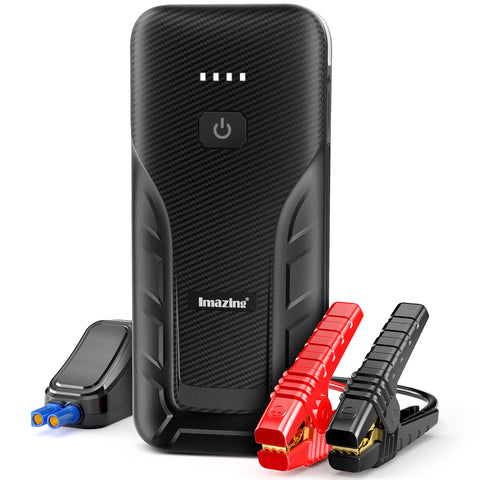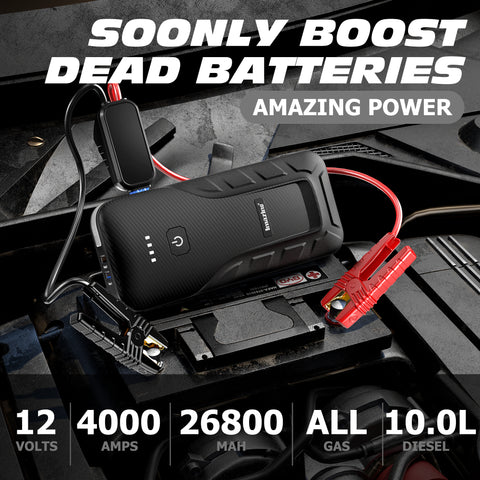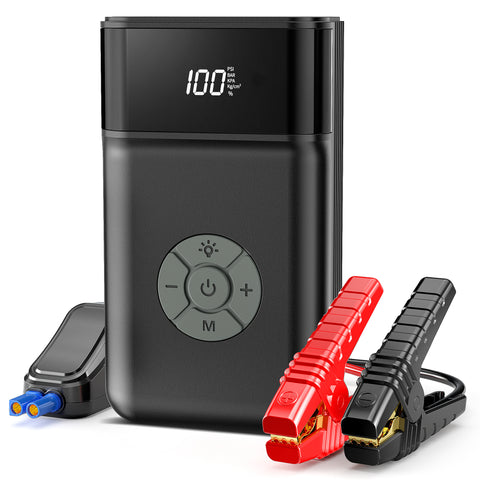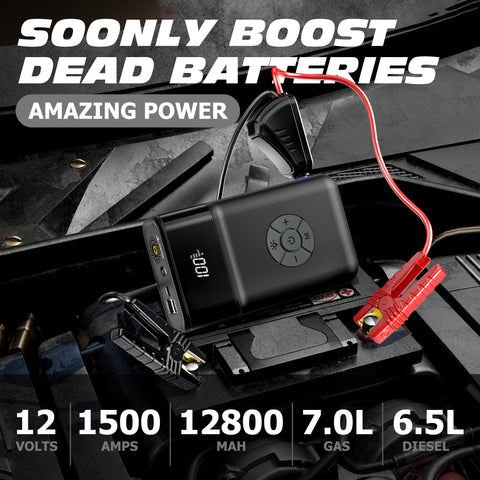Summary
A good charger provides the bottom for batteries that are durable and perform well. in a price-sensitive market, chargers typically receive low priority and find the “after-thought” standing. Battery and charger should go along sort of a horse and carriage. Prudent planning gives the facility supply high priority by inserting it at the start of the project instead of when the hardware is completed, as is a common observe. Engineers ar typically unaware of the complexness involving the facility supply, particularly once charging under adverse conditions.
The charging protocol depends on the scale and sort of the battery being charged. Some battery varieties have high tolerance for overcharging and might be recharged by affiliation to a continuing voltage supply or a continuing current supply, looking on battery kind. Straight forward chargers of this kind should be manually disconnected at the tip of the charge cycle, and a few battery varieties completely need, or could use a timer, to chop off charging current at some mounted time, around once charging is complete. different battery varieties cannot stand up to over-charging, being broken (reduced capability, reduced lifetime), over heating or perhaps exploding. The charger could have temperature or voltage sensing circuits and a chip controller to securely alter the charging current and voltage, verify the state of charge, and bring to a halt at the tip of charge.
Slow battery chargers could take many hours to finish a charge. High-rate chargers could restore most capability a lot of quicker, however high rate chargers are often over some battery varieties will tolerate. Such batteries need active observance of the battery to shield it from overcharging. electrical vehicles ideally would like high-rate chargers. For public access, installation of such chargers and therefore the distribution support for them is a difficulty within the planned adoption of electrical cars.
The charging protocol depends on the scale and sort of the battery being charged. Some battery varieties have high tolerance for overcharging and might be recharged by affiliation to a continuing voltage supply or a continuing current supply, looking on battery kind. Straight forward chargers of this kind should be manually disconnected at the tip of the charge cycle, and a few battery varieties completely need, or could use a timer, to chop off charging current at some mounted time, around once charging is complete. different battery varieties cannot stand up to over-charging, being broken (reduced capability, reduced lifetime), over heating or perhaps exploding. The charger could have temperature or voltage sensing circuits and a chip controller to securely alter the charging current and voltage, verify the state of charge, and bring to a halt at the tip of charge.
Slow battery chargers could take many hours to finish a charge. High-rate chargers could restore most capability a lot of quicker, however high rate chargers are often over some battery varieties will tolerate. Such batteries need active observance of the battery to shield it from overcharging. electrical vehicles ideally would like high-rate chargers. For public access, installation of such chargers and therefore the distribution support for them is a difficulty within the planned adoption of electrical cars.
